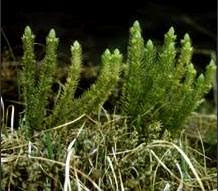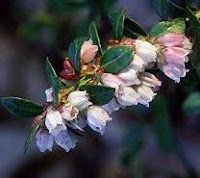Heterosporous
Spike Moss, common name for a medium-size family of primitive vascular plants. The plants are mainly of tropical distribution, growing in moist, shaded habitats. A few occur in deserts, where they become dormant during the driest parts of the year; the resurrection plant is an example of such a species. The plants of the spike moss genus are similar to those of a related genus (see Club Moss ), but in the spike moss a small outgrowth, called a ligule, is located on the upper surface of each leaf close to where it joins the stem. The spike moss is heterosporous. That is, it reproduces through the production of two kinds of spores, produced in sacs called sporangia, that are borne by specialized leaves called sporophylls. Small sacs, or microsporangia, produce many small microspores, which germinate to form short-lived, nongreen microgametophytes that produce sperm (male sexual cells). Larger sacs, or megasporangia, produce a few larger megaspores each, and these form nongreen megagamet


